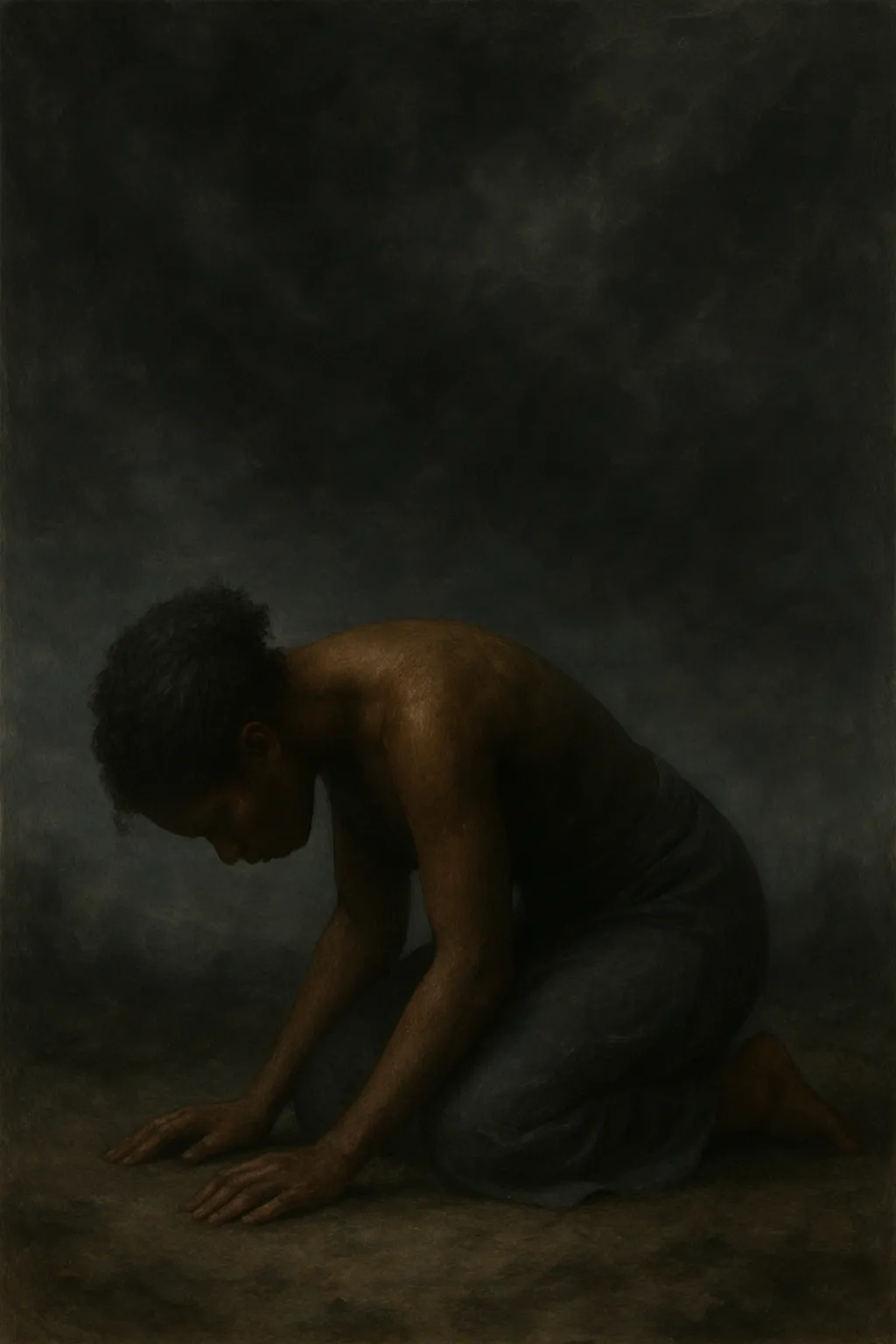
Is Traditional Prayer Posture a Form of Inner Domestic Violence?
Peace and Blessings Beloved,
Within the sacred journey of wombyn's healing and reclamation, questions often arise that pierce deep into our conditioned practices. Today, we sit with one such question: Is the traditional prayer posture—bowing head, kneeling down, clasping hands—a subtle form of inner domestic violence?
The purpose here is not to demonize prayer, but to illuminate how posture and positioning can energetically communicate messages to the subconscious mind—messages that either empower or disempower the sacred temple of the womb and soul.
Understanding Traditional Prayer Posture:
Traditionally, prayer postures involve kneeling, lowering the head, clasping hands tightly, and sometimes placing oneself in a full prostration. On the surface, these acts are seen as signs of humility, submission, and reverence. However, through the lens of energetic alignment and womb consciousness, a different perspective emerges.
When we lower our heads, bind our hands, and physically minimize ourselves, we unconsciously tell our nervous system and energy body that we are powerless. In the unseen realms, posture is a language that speaks louder than words.
The body hears everything. And so, to repetitively practice self-minimization can cultivate an internal environment of suppression, stagnation, and self-neglect—hallmarks of inner domestic violence.
Defining Inner Domestic Violence:
Inner domestic violence is when you consistently dishonor, suppress, or brutalize your own spirit, emotions, or energetic sovereignty—whether knowingly or unknowingly. It manifests as self-abandonment, guilt cycles, chronic unworthiness, and the habitual silencing of your inner voice.
If the posture of prayer evokes guilt, fear, or deep emotional shrinking instead of empowerment and sacred union, it becomes a vessel for energetic self-violence rather than divine connection.

The Historical
Energetic Imprint:
Much of the traditional prayer postures stem from religious structures designed not solely for liberation, but for control. Bowing the head, kneeling on the ground, clasping the hands—these physical stances often mirrored the bodily gestures of slaves toward their masters, or prisoners toward their captors.
In this way, traditional prayer posture may unknowingly reenact ancestral trauma rather than offering true freedom and divine communion.
Reclaiming Empowered Prayer:
Beloved, prayer can—and must—be reclaimed.
Standing tall with arms wide open.
Sitting cross-legged in stillness, spine straight and heart expanded.
Lying in the earth’s embrace with open palms and a soft smile of gratitude.
Breathing deeply with the womb pulsing in communion with Infinite Intelligence.
Empowered prayer honors the sacred inner altar. It aligns the body, spirit, and mind to receive and radiate divine energy without fear, guilt, or self-shrinking.